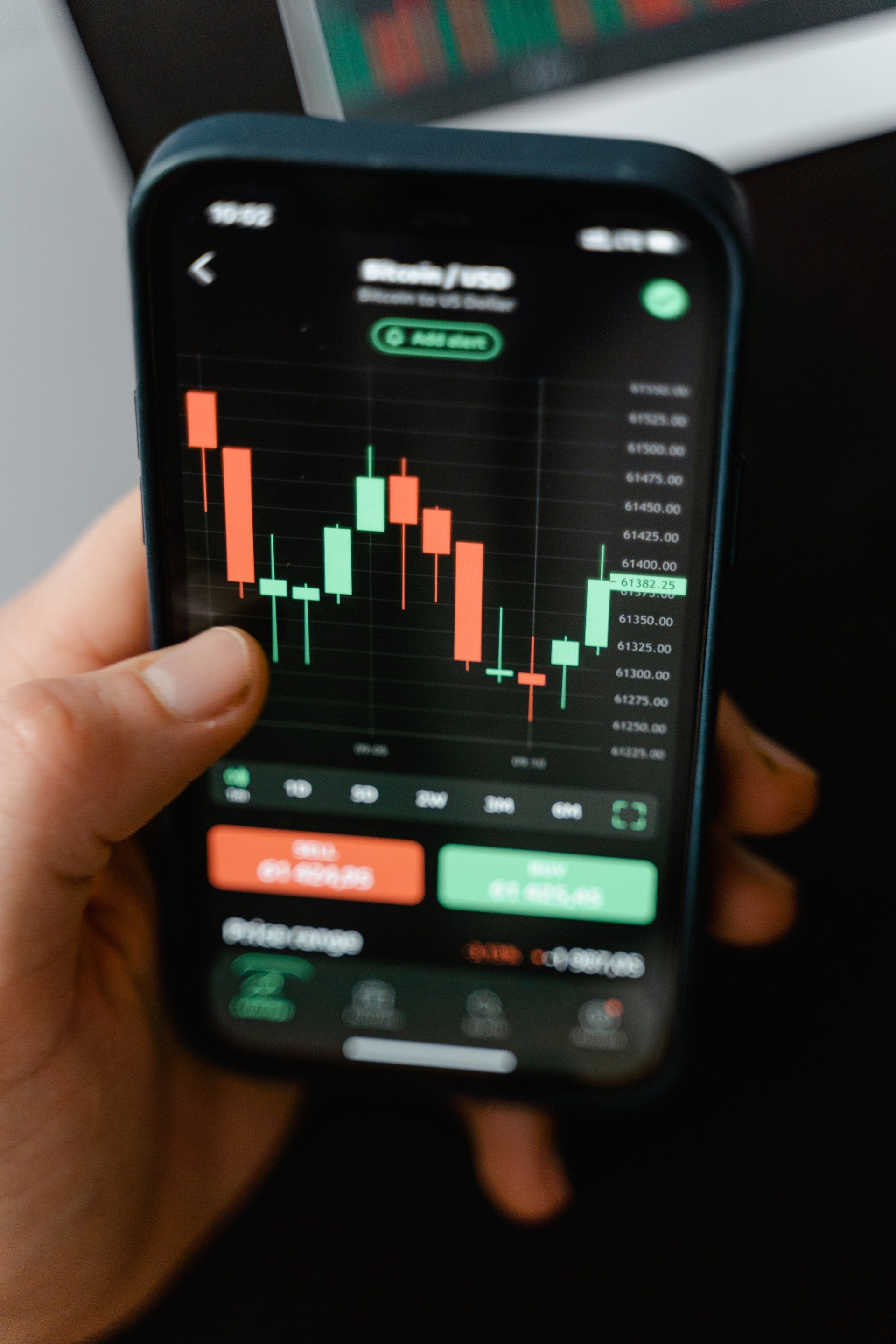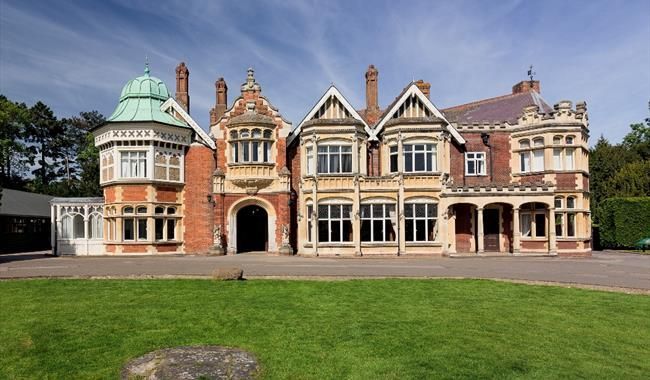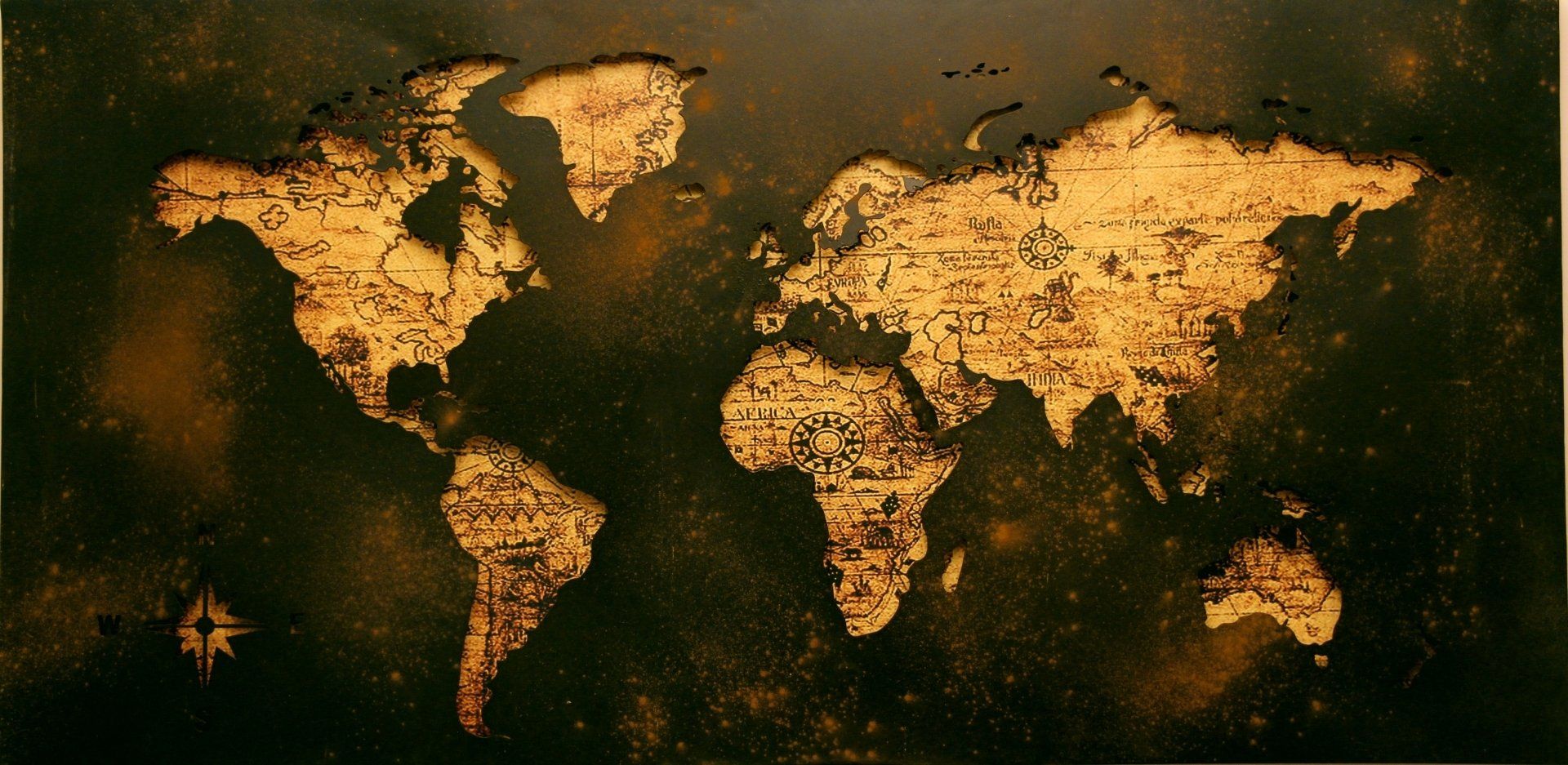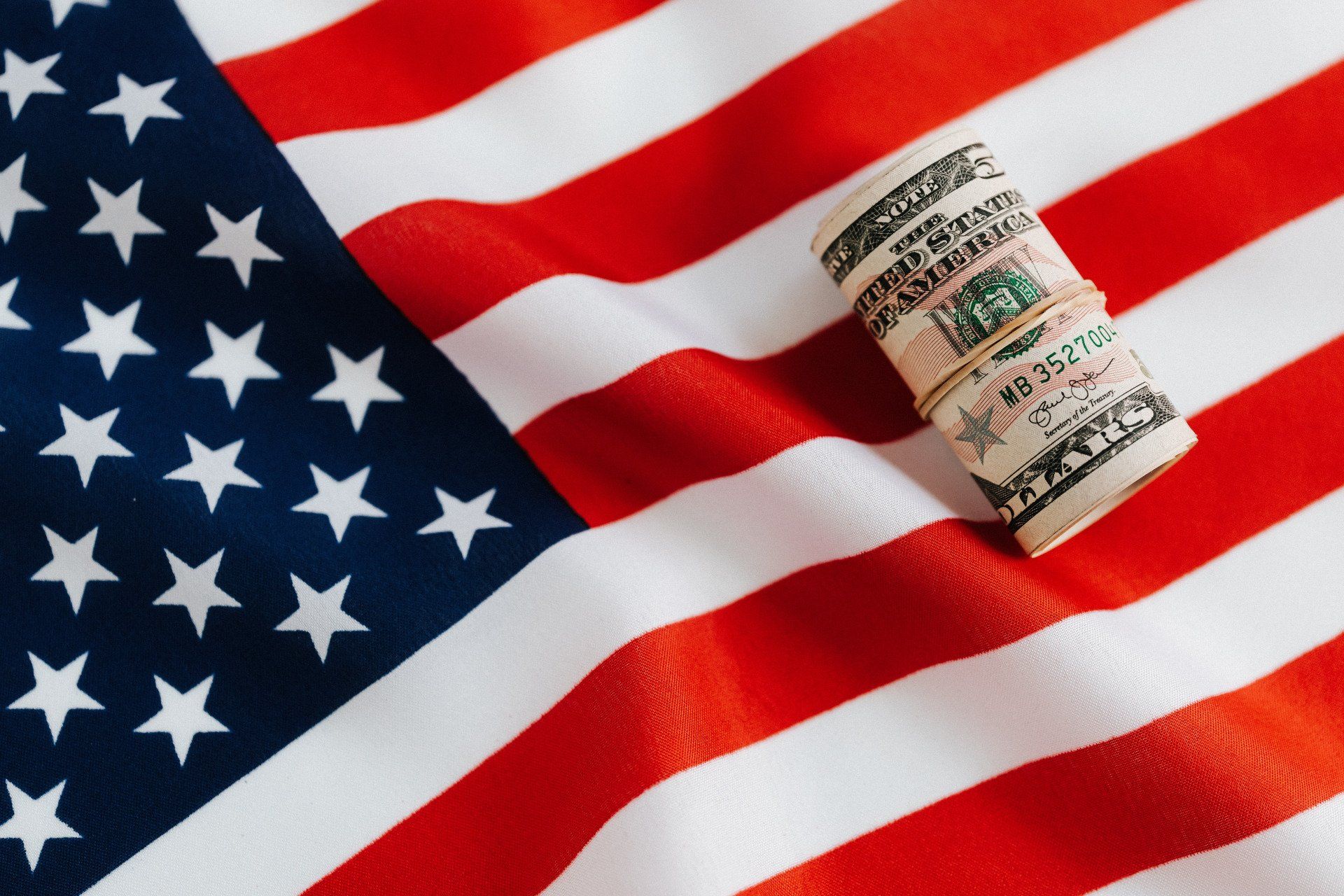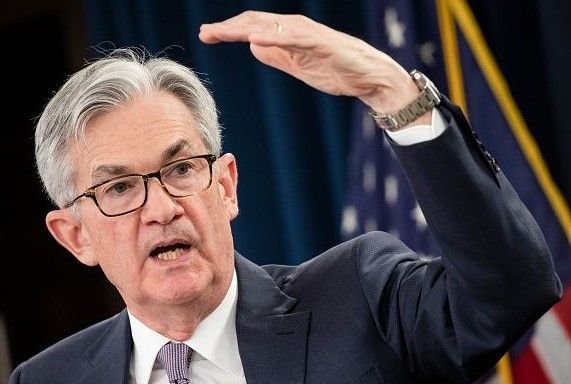Is India the world's new Factory?
They say that Human Beings tend to over estimate change in the short term and under estimate it in the long term. This certainly seems to be holding true for de-globalisation. Remember that? It was all the rage during the pandemic when people couldn't buy stuff and cars/other products couldn't be built because finished goods, sub-assemblies, spares and components were all stuck in China.
For over 20 years China has been the world's high tech factory. This has been a deliberate strategy by the west to drive down prices using cheaper labor in order to increase sales and add shareholder value. But this strategy doesn't work if you can't access the goods that are being produced or, as we are increasingly seeing, there is an ideologically different viewpoint between the west and China which starts to inhibit business relationships.
So the knee jerk thinking was to bring all the manufacturing back to the West, hence shortening the supply chain; simple right? No, not so simple, this was over optimistic thinking! As we reported in this blog some months ago, it has taken a huge amount of time to develop the factories, machinery, processes and supporting skills to get to where we are today. The factories in China are huge (some are effectively their own towns) finely tuned machines. And even if you could pick up a factory in China and drop it down in the middle of the US, the higher labor costs would make it more expensive to run leading to higher end product costs. These costs would then have to be passed onto the consumer, inevitably leading to a loss in sales and no business will want to support that.
So the idea of bringing all this manufacturing back has been put on ice but thinking is still underway. So what else could be done? Well enter stage left the rise of India, the world's most populous country with a huge pool of cheap labor and a well educated middle class. Many companies are reporting that they are looking to move production from China to India but what are the pros and cons of doing so. Could India be the world's factory?
Short Term
In the short term challenging China's dominance is going to be difficult. No matter what Western corporations say, they cannot move production from China overnight and will not want to move production if they are to incur additional costs that offset the existing benefits. But we are already seeing some moves: Samsung has been rapidly increasing its Indian factories and Apple now has about 5% of iPhone manufacture in India. India is seeing it's opportunity for growth and increasing government subsidies may provide sufficient inducements to lure capacity away from China.
One of the biggest selling points of India is that it is not China, which has all the associated geopolitical issues and trade war. India's ongoing PR campaign will increasingly try to convince Western companies that it is a much safer home for their factories and investments.
Long Term
India's population is a core platforms for growth. Not only is it now the most populous country in the world it also has one of the youngest demographics. China's median age is 38, while India's is only 28. Plus, importantly, while China's population is decreasing, India's is still increasing. Combine this with increasing access to education at all levels (including some of the best engineering education in the world) and you have very strong foundations for future business prosperity.
More and larger Indian government subsidies will attract businesses keen to offset their own start-up costs and there is likely to be a domino effect of western companies following each other into India to build manufacturing capability. What's more if you manufacture in India, you are literally on the doorstep of the world's largest market, hence massively reducing shipping costs.
What might hold India back is its physical infrastructure. Only 5% of the roads are highways, while 40% of roads are dirt roads. To be a factory for the world, easy access and fast distribution are essential. India's decentralized political system may constrain the speed of growth here as it makes building new transport links and connections more difficult.
In the short term it is going to be hard to break China's leading role as the tech factory of the world but with the political will in India it is likely to offer a viable alternative.
To see how you could become a winning trader using class leading, high probability Trade Signals and Indicators, book your FREE Personal Consultation TODAY.
USEFUL LINKS: When not to Trade, Predict Market Movements, What is the Fed, Risk and Reward, The end of Cheap Money, What is Artificial Intelligence, Tech Stock Rebound, Banking Crisis, Common Trading Mistakes, What is a Recession, What is Fiscal Policy, What is Monetary Policy, Why are Economic Forecasts Wrong, US Stocks in 2023, Your best shot at Goal, Learn to Earn, Looking for a good stock to buy, What is Inflation?, How interest rates work

